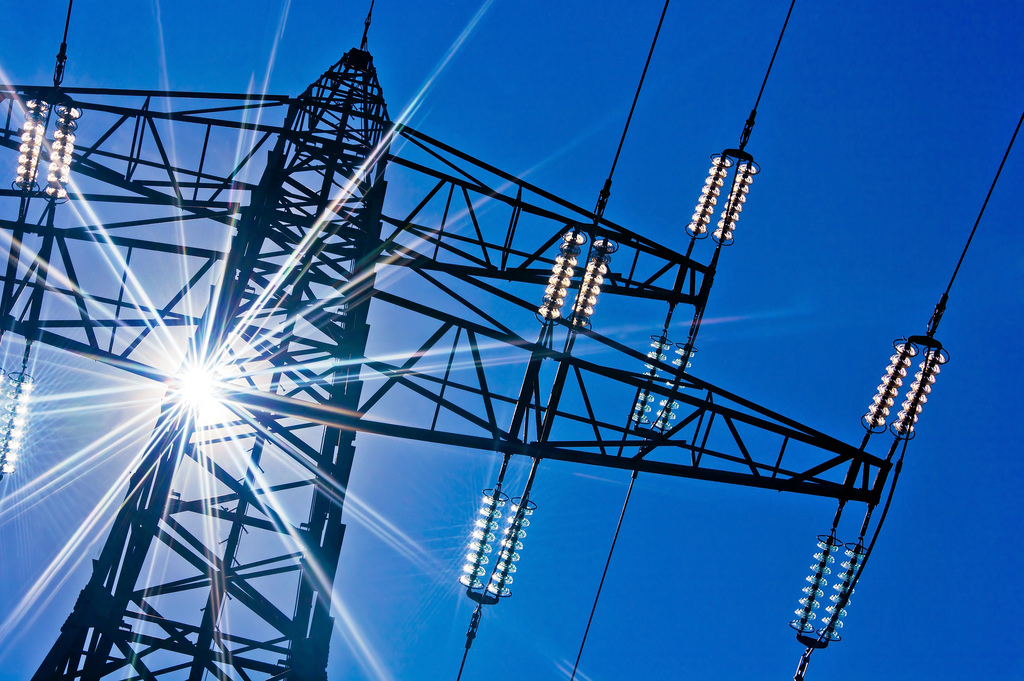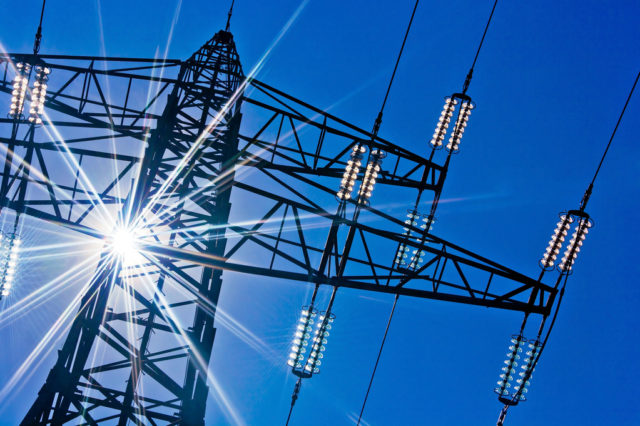As utilities adjust to the new COVID-19 working environment, focus on enhancing the approach to grid resiliency and asset management are at the forefront. Utilities’ assets and operations are considered to be critical infrastructure and essential. Ensuring the resiliency of the grid in addition to operating a utility’s assets efficiently and safely are top of mind for many utility industry executives.
This article was originally published in Smart Energy International Issue 3-2020. Read the full digimag or subscribe to receive a print copy here.
Resiliency and asset management have always been high priorities for utilities. However, as is the case with many industries, COVID-19 has industry executives taking a step back and traditionally, grid resiliency for utilities has emphasised having the best measures in place in order to deal with unplanned outages and restoring power as quickly as possible. However, grid resiliency, especially how it relates to the COVID-19 pandemic, has put more attention on how to manage and operate the power grid in a manner that can prevent outages and maintain system reliability. Similarly, the COVID-19 situation is shining a light on advanced technologies and processes that can improve the operations and management of power generating assets. This is done by applying a strategic approach to asset management in order to minimise downtime and optimise the output and efficiency of a utility’s assets.
The following will provide an overview of how proactive utilities can approach grid resiliency and asset management in this new COVID-19 working environment.
Grid resiliency in the wake of COVID-19
Pre-COVID-19, grid resiliency primarily focused on the preparedness and response to natural disasters such as hurricanes, storms, and tornadoes. The COVID-19 pandemic now has utilities looking at grid resiliency in a more comprehensive way. Traditionally, grid resiliency has prioritised the handling of natural disasters with a large focus on “hardening” the grid to retain power – along with an effective plan for outage management and the safe and timely restoration of energy. The approach to grid resiliency that is needed now by utilities during this COVID-19 situation has put preventative maintenance and power system reliability front and centre. The use of technologies that can enable remote monitoring, edge computing, machine learning and access vast amounts of data and analytics can be used in efforts to ensure that the power system remains intact and power delivery is not disrupted. This is particularly important for critical infrastructure and buildings such as hospitals, medical labs and other military and government facilities in the time of this crisis. These technologies will allow for a resilient grid and can also minimise the number of utility trucks and technicians that are needed out in the field.
In a time where power delivery and quality of service is crucial, utilities are identifying essential and vulnerable facilities in efforts to minimise the risk of poor power quality or outages. Utilities are ensuring that the power grid is reliable in addition to monitoring and controlling back up generation in order to provide the assurance on the delivery of electricity to these essential facilities 24/7. The ability to maintain power at critical infrastructure during this pandemic has been noticeably heightened. Additionally, this current utility environment has brought attention to the overall need for greater grid resiliency for the long-term. This is likely to lead to
further investments in microgrids and distributed generation which will improve power system reliability and sustainability during this COVID-19 pandemic and beyond.
A strategic approach to asset management
It is expected that lessons learned by utilities from the COVID-19 situation will improve the approach to asset management in both the short-term and in the long run. Asset management has historically been an exercise of scheduled maintenance and in some cases poorly efficient break/fix approaches. Strategic asset management, which is ideal for the COVID-19 challenge, is an approach of predictive, preventative, and prescriptive maintenance in efforts to best optimize a utility’s assets. The ability to collect near real-time critical operational data remotely through the use of sensors, edge technologies and cloud computing will change asset management from a practice of scheduled maintenance to one that applies condition-based maintenance. Condition based maintenance can leverage data, analytics, machine learning and artificial intelligence in efforts to identify potential or early stage operational issues in order to prevent and get in front of asset failures before they occur. This will limit unplanned downtime, power interruptions or outages. Similar to grid resiliency, one of the main goals during the COVID-19 pandemic is to prevent unplanned outages on any generating asset.
Additionally, a large part of successful asset management is the use of advanced mobile work force management or field services applications. Mobility can enable access to critical operational data while working in the field. This can save time and costs while improving the safety and efficiency of maintenance crews and technicians. Technologies which are up and coming, such as augmented reality (AR) and virtual reality (VR), will most likely get a boost in investment. These technologies can help limit the number of personnel and the time needed to be in the field. Mobility and technologies such as AR and VR will allow remote workers to assist, collaborate and guide personnel when they are working on assets. The use of cloud and analytics can allow field workers access to operational data remotely which will provide efficiency, save on labour costs as well as improve safety for technicians in the field. Additionally, advanced mobile work force management applications can also modernise work orders, planning and scheduling which will improve overall process execution around asset management.
In summary, utilities will look at grid resiliency and asset management through a different lens after going through the challenges of the COVID-19 pandemic. When evaluating the grid resiliency and asset management process and procedures in place, utilities will look to identify areas where there can be improvements from a cost, time, reliability, and employee safety perspective. The COVID-19 pandemic will most likely result in utilities taking a more aggressive posture towards digital advancements – in particular around operational excellence which includes protecting their assets and employees. Grid resiliency and asset management are expected be a high priority for utilities as they consider both short- and long-term technology investments.
Considerations for the power sector
- Take a strategic approach to grid resiliency. Invest in technologies and applications that can enable predictive, preventative and prescriptive maintenance. Minimising power outages and disruptions for critical infrastructure such as hospitals, medical labs and military facilities should be of upmost importance.
- Enhance mobile work force management capabilities. Technologies that enable access to near real time critical operational data in addition to utilizing AR and VR can limit asset downtime while improving safety and efficiency and lowering the cost of maintenance being performed in the field.
- Investment in grid resiliency and asset management will help utilities and independent power producers effectively operate the power grid and generate assets in the middle of this COVID-19 situation. Operational excellence will emerge as a top priority not only in this working environment but will continue to be a goal that organisations in the power sector will strive for in the long term beyond the COVID-19 pandemic.
About the author:
John Villali is a research director for IDC Energy Insights, primarily responsible for thought leadership in the areas of digital transformation and smart operations in the energy and utilities sector. Villali’s research helps utility and energy IT and business management understand the disruptions that are transforming the energy and utility value chains and develop the strategies and programmes to capitalize on the evolving opportunities.
About IDC
International Data Corporation (IDC) is the premier global provider of market intelligence, advisory services, and events for the information technology, telecommunications, and consumer technology markets. IDC is dedicated to helping IT professionals, business executives, and the investment community make fact-based decisions on technology purchases and business strategy.



